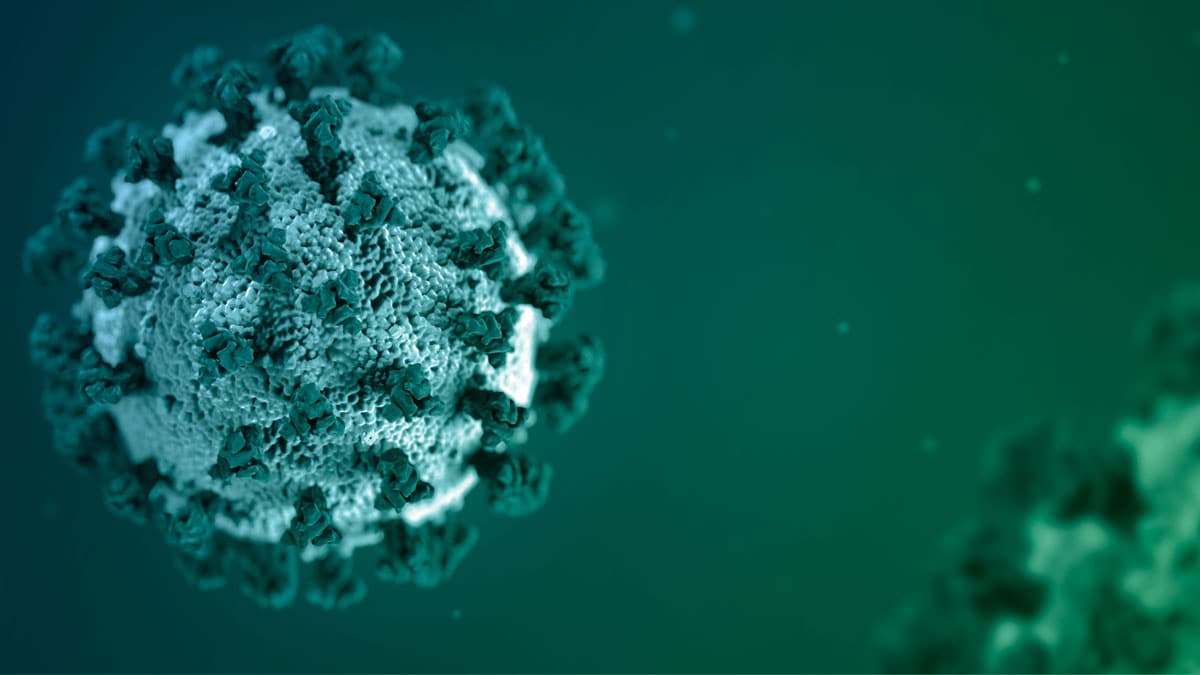Yes, as I said, moisture is what makes masks effective at all.
But the point is that after 15 minutes, the masks become saturated, take on no more moisture, and instead start evaporating moisture.
Once they do that, they release all the virus they trapped temporarily for 15 minutes.
So the correct way to think of masks is not a virus trap or blocker, but only a 15 minute virus delay mechanism.
If masks did not evaporate water vapor, then they would be dripping after 15 minutes.
But they do not drip.
That is because they evaporate moisture as fast as it is exhaled.
